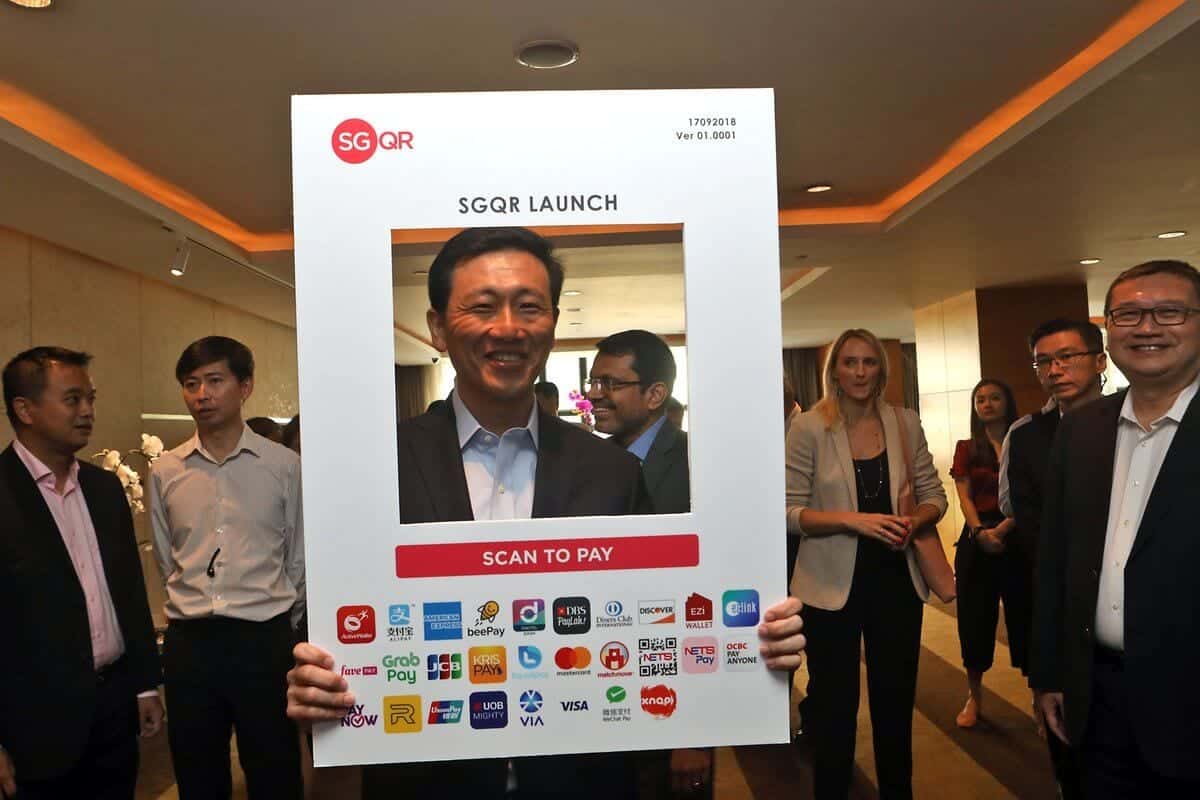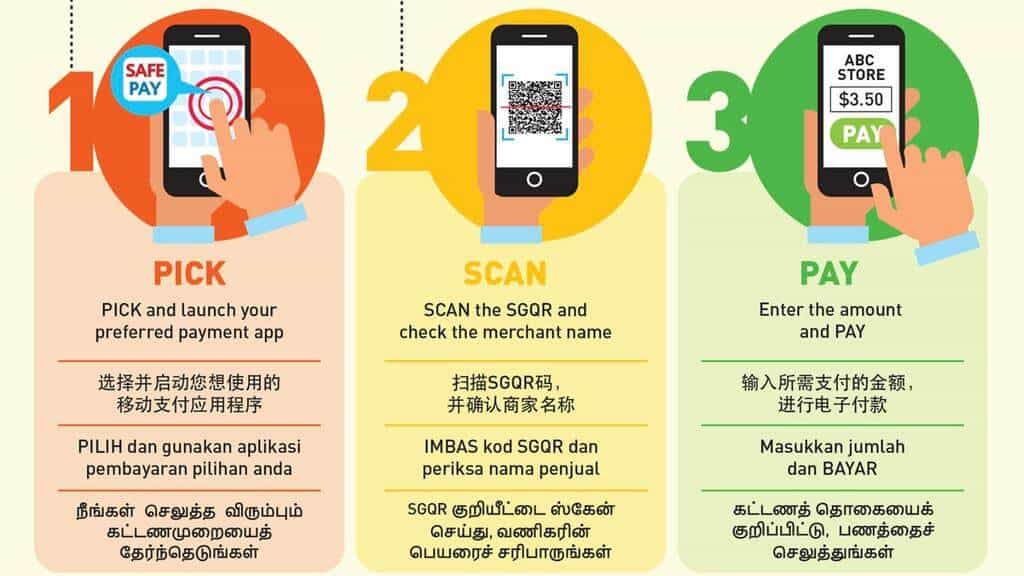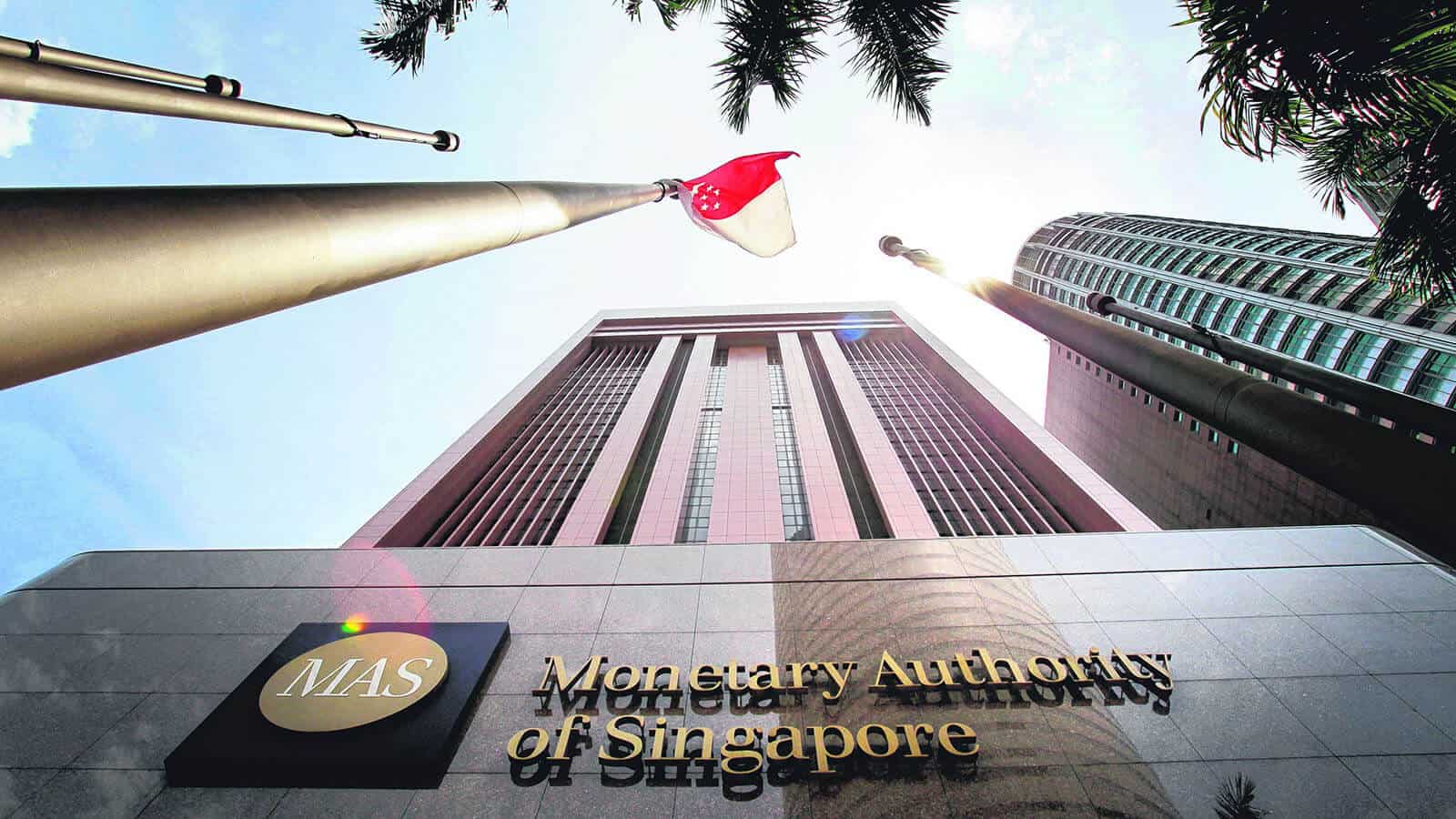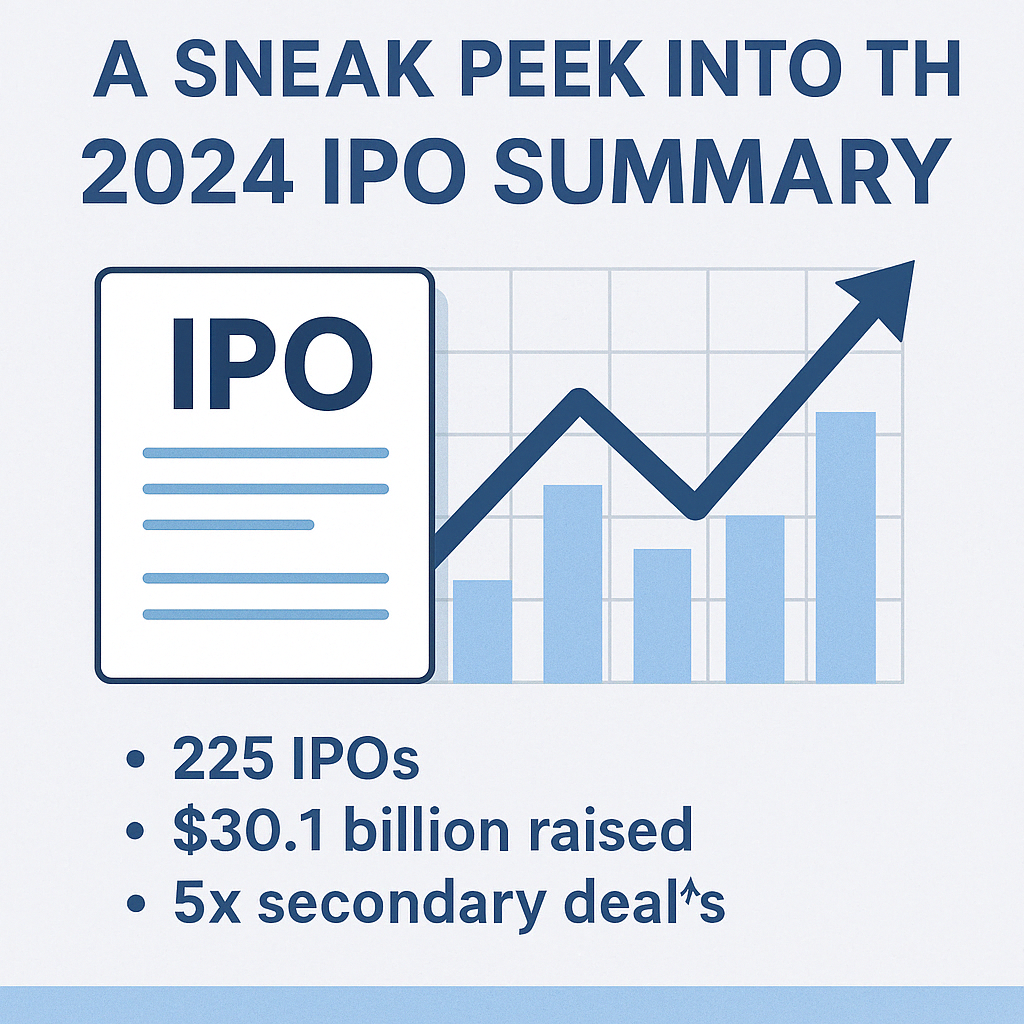A universal QR code was launched on Monday (Sept 17) to free merchants from the need to display multiple QR codes to accept different cashless payment schemes.
Dubbed SGQR, the national QR code allows consumers to scan and transfer funds from as many as 27 e-payment apps, including GrabPay, Dash and Nets.
Singapore’s interbank instant fund transfer system will also be opened up to non-banks such as Grab and Singtel, underpinning the transformation of the e-payment scene here.
Monetary Authority of Singapore (MAS) board member Ong Ye Kung made the announcements on Monday, saying that the last few jigsaw pieces are finally coming together to help Singapore build its national cashless system.
The technical specifications of SGQR were first unveiled in November last year. After the 27 payment firms worked the specifications into their payment systems, SGQR is now ready for commercial roll out.
Announcing the launch of SGQR on Monday, Mr Ong said: “QR code payments have been growing and many cash-intensive merchants, such as hawkers, are accepting them. But every scheme… all issue their own QR code. This causes confusion.”
Even with this inter-operable QR code, the topping up of various e-wallets has been impeded by the current set-up, where e-payment firms have to negotiate deals with individual banks to allow users to top up their wallets from their bank accounts.
But this inefficient set-up will change as Fast, an instant online interbank funds transfer system, will be open to non-banks to facilitate fund transfers to and from any e-wallet.

Mr Ong Ye Kung, at the launch event for SGQR.
Explaining the groundbreaking move, Mr Ong added: “If we want the e-payment system in Singapore to be truly open, accessible and competitive, we will have to open up Fast to other non-bank e-wallet payment solutions so that they can interoperate with bank accounts.”
Fast hit mainstream use in July last year with the launch of PayNow, which allows users to make fund transfers using people’s mobile phone numbers or NRIC numbers. Users need not enter bank account numbers anymore.
Since then, 1.2 million mobile numbers and 550,000 NRIC numbers have been linked to bank accounts. About $1.5 billion has been transferred by PayNow.
What Singapore is doing is not new; forerunners in this space are Britain and India, which have allowed non-banks to access the central payment infrastructure to encourage competition, said Mr Ong.
Hong Kong and Malaysia are also following suit in the months to come, he added.

How SGQR Works.
SGQR is the work of an industry task force co-led by the MAS and Info-communications Media Development Authority. It follows Prime Minister Lee Hsien Loong’s call at last year’s National Day Rally for an interoperable e-payment system in Singapore that is simple to use.
The 27 supporting e-payment schemes include PayNow, Nets, GrabPay, Singtel Dash, AliPay, American Express, Visa, Mastercard, ez-link, fave, DBS PayLah!, OCBC Pay AnyOne, UOB Mighty, and UnionPay.
Drawing on the Financial Sector Development Fund, the MAS has appointed a third party to replace the many QR codes currently displayed by merchants with the SGQR label.
The replacement exercise, beginning with merchants in the Central Business District, will start later this month and be completed over the next six months.
Nets, for one, has one of the largest installations of its own QR code here – at more than 60,000 acceptance points in malls, taxis and hawker stalls.
Consumers need to look closely at the SGQR label to check what payment apps are accepted by a merchant. Merchants are unlikely to have signed up with all 27 e-payment firms even if the code on the displayed sticker is theoretically compatible.
Mr Ong, who is also the Minister for Education, said that new guidelines will be launched later this month to protect consumers and small businesses from unauthorised transactions to encourage the use of e-payments.
For instance, banks will be liable for unauthorised transactions below $1,000 if a third party is at fault. For transactions above $1,000, banks will have to investigate and determine users’ liability on a case by case basis.
Originally posted on The Straits Times on Sep 17, 2018
https://www.straitstimes.com/singapore/universal-sgqr-code-to-replace-multiple-qr-codes-interbank-fund-transfer-system-to-be?xtor=CS3-18
Related Posts
Mr Paul Wan honored by International Accounting Bulletin
Morison KSi has announced that it has rebranded as Morison Global. This rebrand celebrates the…
Accounting fraud takes a new dimension in China
China’s biggest accounting firm Ruihua CPA’s is being investigated by the China Securities Regulatory Commission…
New S$75m grant to enhance Singapore as an enterprise financing hub
Singapore, 14 January 2019 – The Monetary Authority of Singapore (MAS) will launch next month…
Singapore’s first cybersecurity framework
The much discussed Cybersecurity Act 2018 (the Act), which was passed by the Singapore Parliament…












